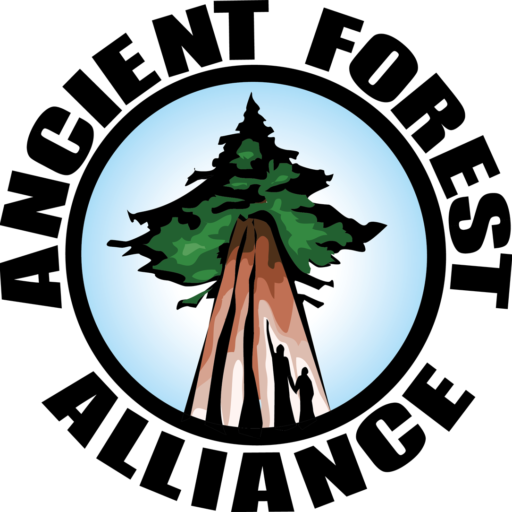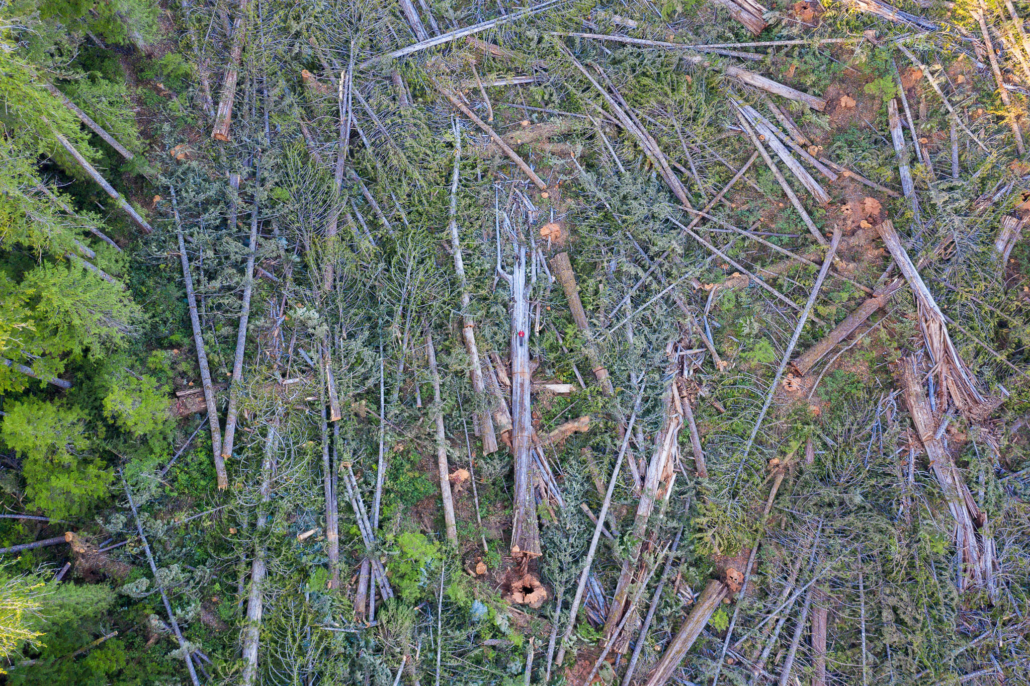
Clearcutting of Grove of Forest Giants on Northern Vancouver Island – Photos and Videos Document the Destruction
Shocking photos and drone footage reveal the destruction of rare, big-tree old-growth forests on northern Vancouver Island in Quatsino Sound, highlighting the urgent need for dedicated funding to enable both temporary logging deferrals and permanent, Indigenous-led protected areas initiatives.
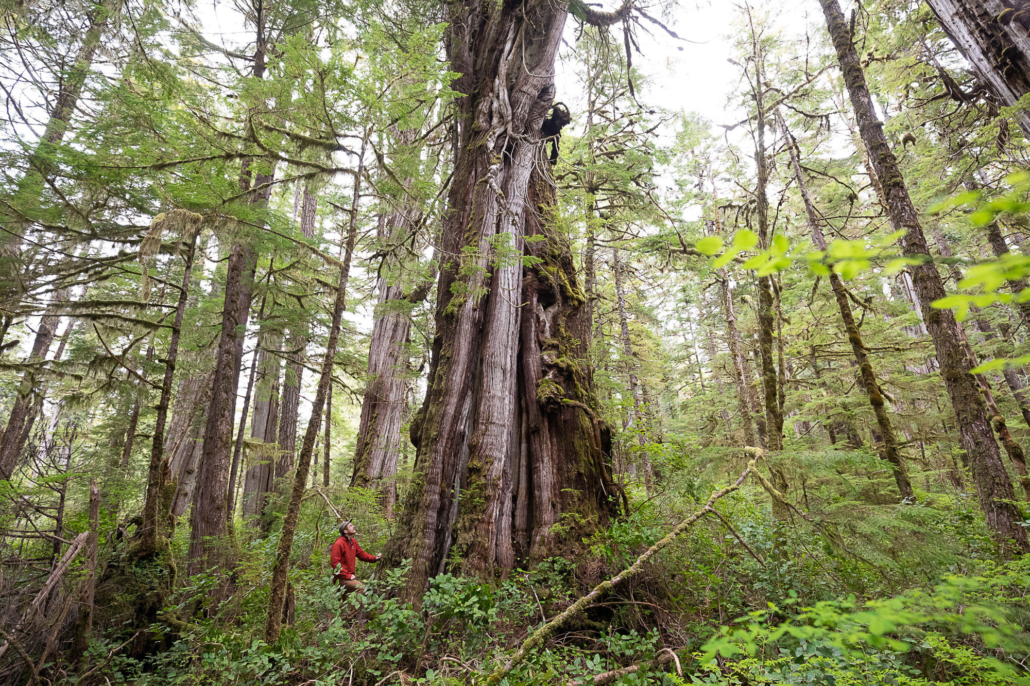
Motion for Old-Growth Fund & Export Ban Introduced by MP Patrick Weiler
MP Patrick Weiler Introduces Motion to Launch the $82 million Old-Growth Protection Fund and to End Old-Growth Log and Wood Product Exports in Canada.
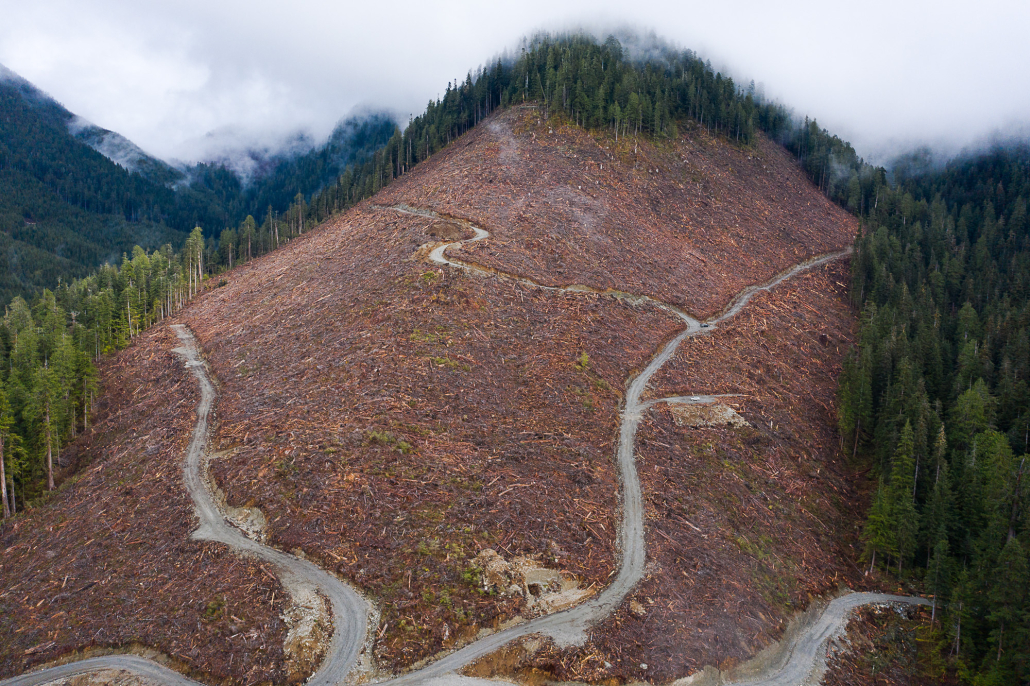
Conservationists decry lack of funding to protect old-growth forests despite major provincial budget surplus and ecological crisis in the woods
Still needed is short-term funding for First Nations to offset lost logging revenues from accepting logging deferrals as well as long-term conservation financing to develop sustainable economic alternatives to old-growth logging linked to the creation of new Indigenous Protected and Conserved Areas.
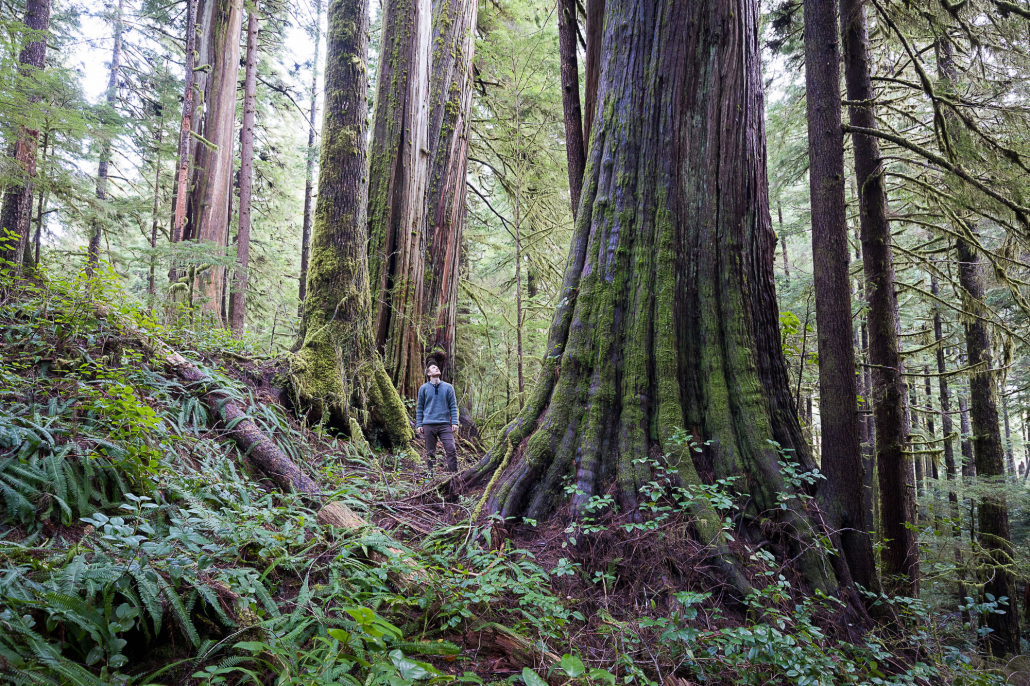
Government Signals Critical Shift Toward Greater Value-Added Wood Manufacturing and Potential Old-Growth Protection
Conservation group increasingly optimistic about old-growth protection as BC government adjusts forestry regulations, invests funding in value-added forestry, and commits to a conservation financing mechanism to help establish new Indigenous Protected and Conserved Areas.

BC Government Commits to Doubling the Protection of Lands in BC to 30% by 2030 and Creating a New Conservation Financing Mechanism to Help Establish IPCA’s
The AFA commends the BC government for committing to protecting 30% of lands in the province by 2030, including through the creation of new Indigenous Protected and Conserved Areas, which would double what is currently protected in legislated areas in BC. A directive has also been given to “develop a new conservation financing mechanism to support protection of biodiverse areas.”
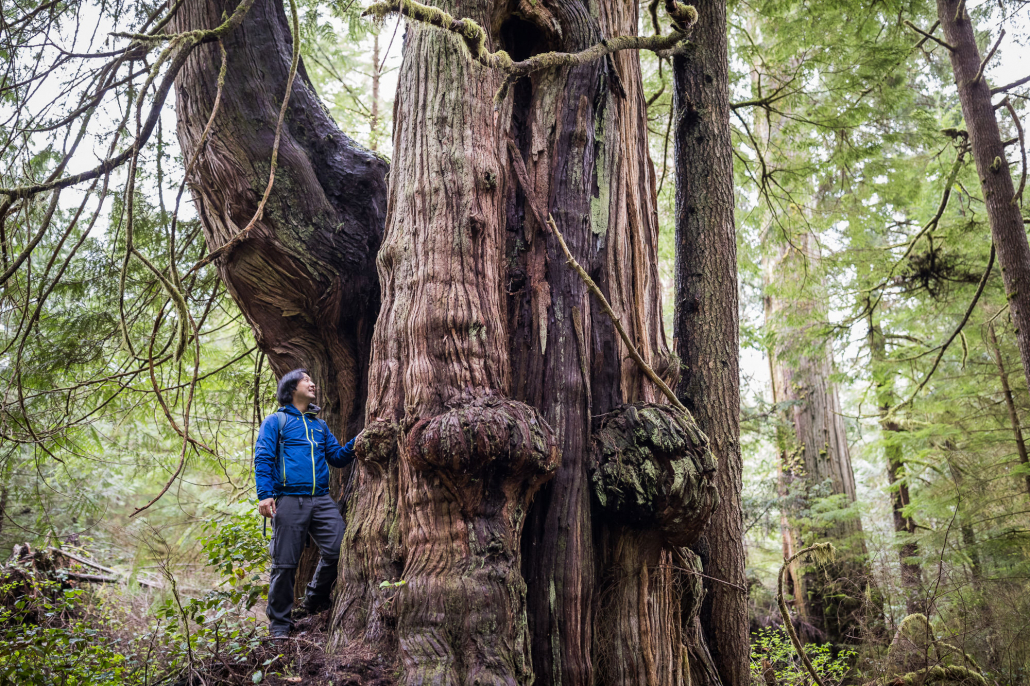
Before COP15, Conservation Groups call on BC Government to Commit to Funding and Targets to Expand Protected Areas in BC
BC has a chance to protect the most endangered ecosystems and promote community economic, social and cultural well-being linked to nature conservation - and also to finally end the War in the Woods over old-growth forests.
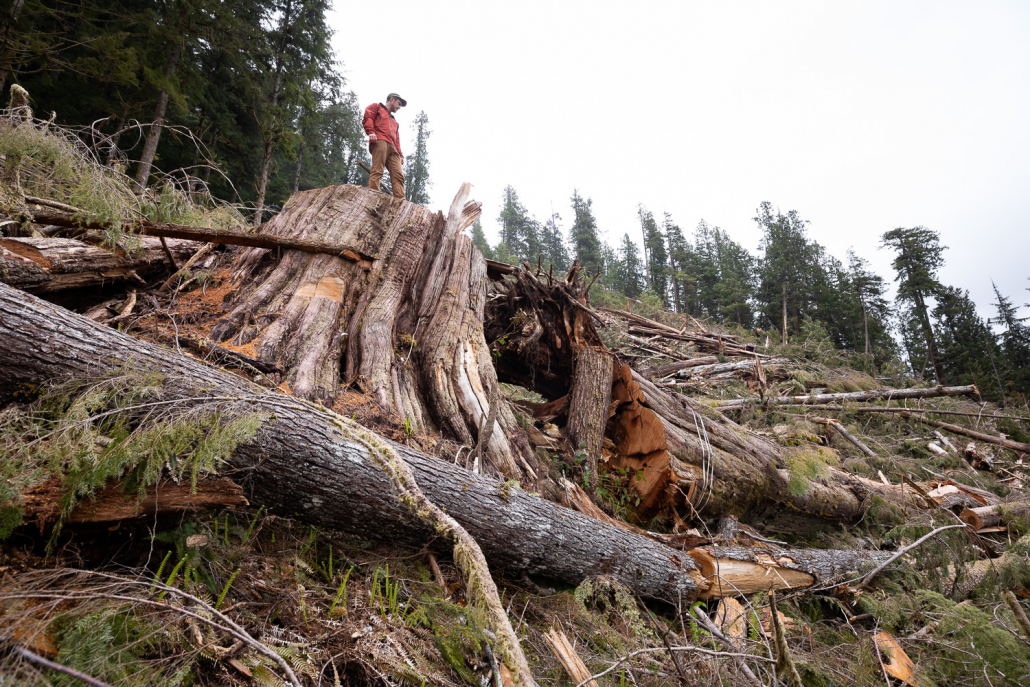
Spin-filled Announcement Reveals BC Government’s Failure to Ensure Net Gains in Old-Growth Logging Deferrals
Yesterday the BC government released new and misleading statistics about old-growth logging on the one year anniversary of its science panel’s recommendations that logging should be deferred on millions of hectares of the most at-risk old-growth forests in BC.
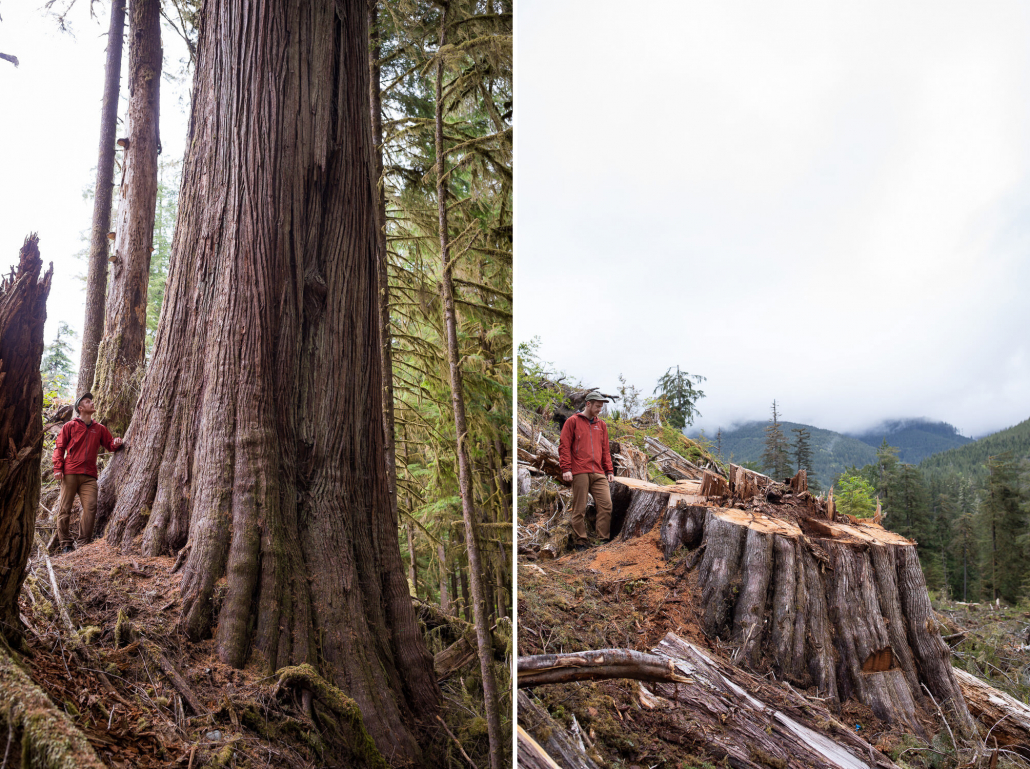
New before & after images reveal shocking impacts of old-growth logging on Vancouver Island
For immediate release, Tuesday, Oct. 18, 2022:
New before & after images reveal shocking impacts of old-growth logging on Vancouver Island
Images highlight the critical need for conservation financing…
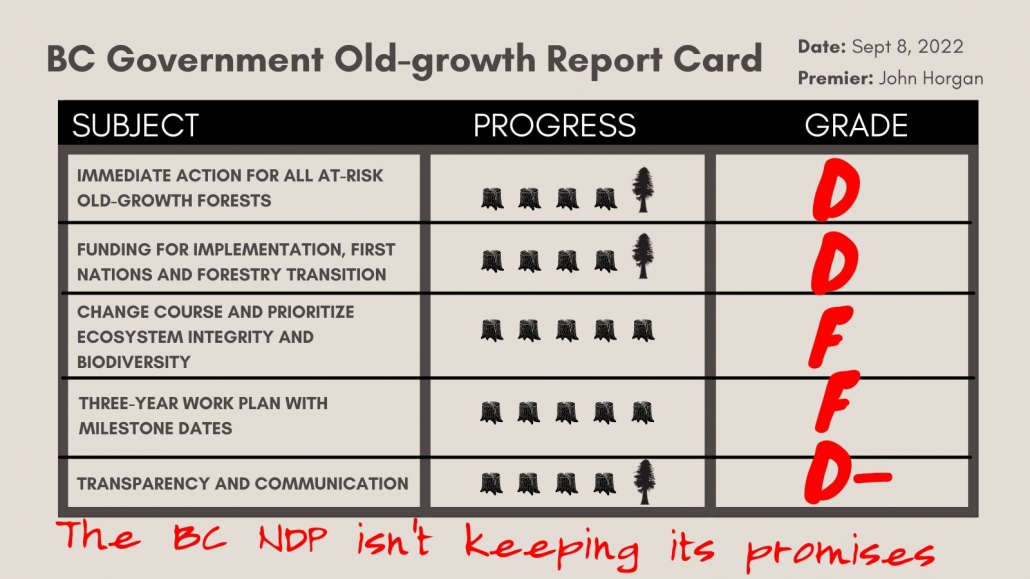
Media Release: Two Years into Old-Growth Strategic Review mandate, BC is failing to deliver change on the ground
For Immediate Release, September 8, 2022:
Two years into Old-Growth Strategic Review mandate, BC is failing to deliver change on the ground
Environmental organizations call for immediate action to make…
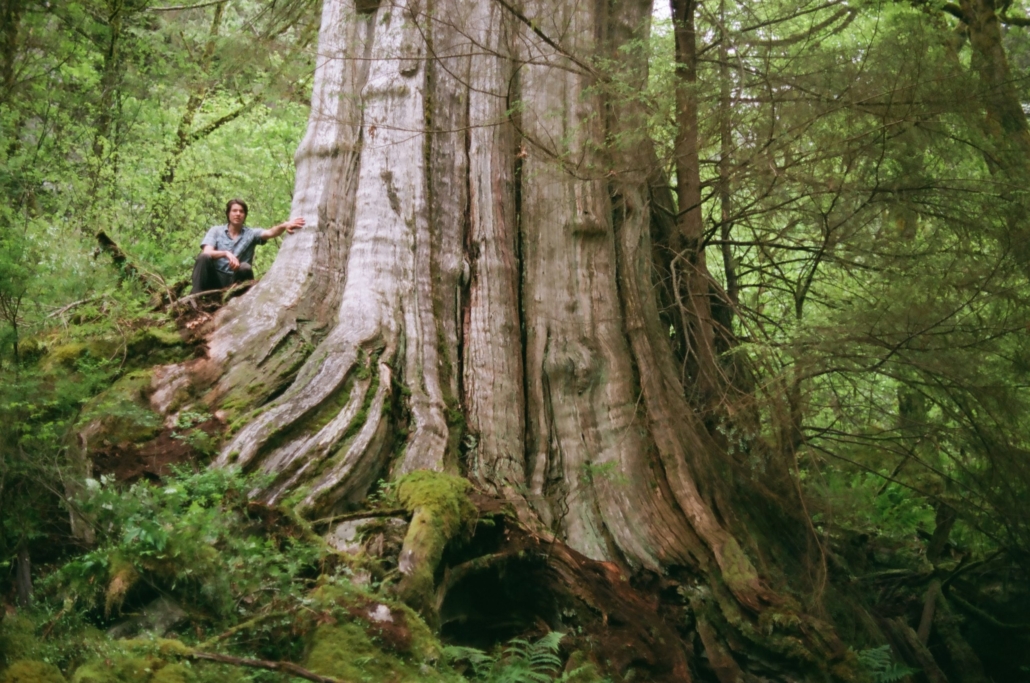
Canada’s fourth-widest tree found in North Vancouver
Canada’s fourth-widest tree found in North Vancouver
Canada’s fourth-widest tree was found in the Lynn Headwaters Regional Park in North Vancouver, a giant western redcedar that is likely…
